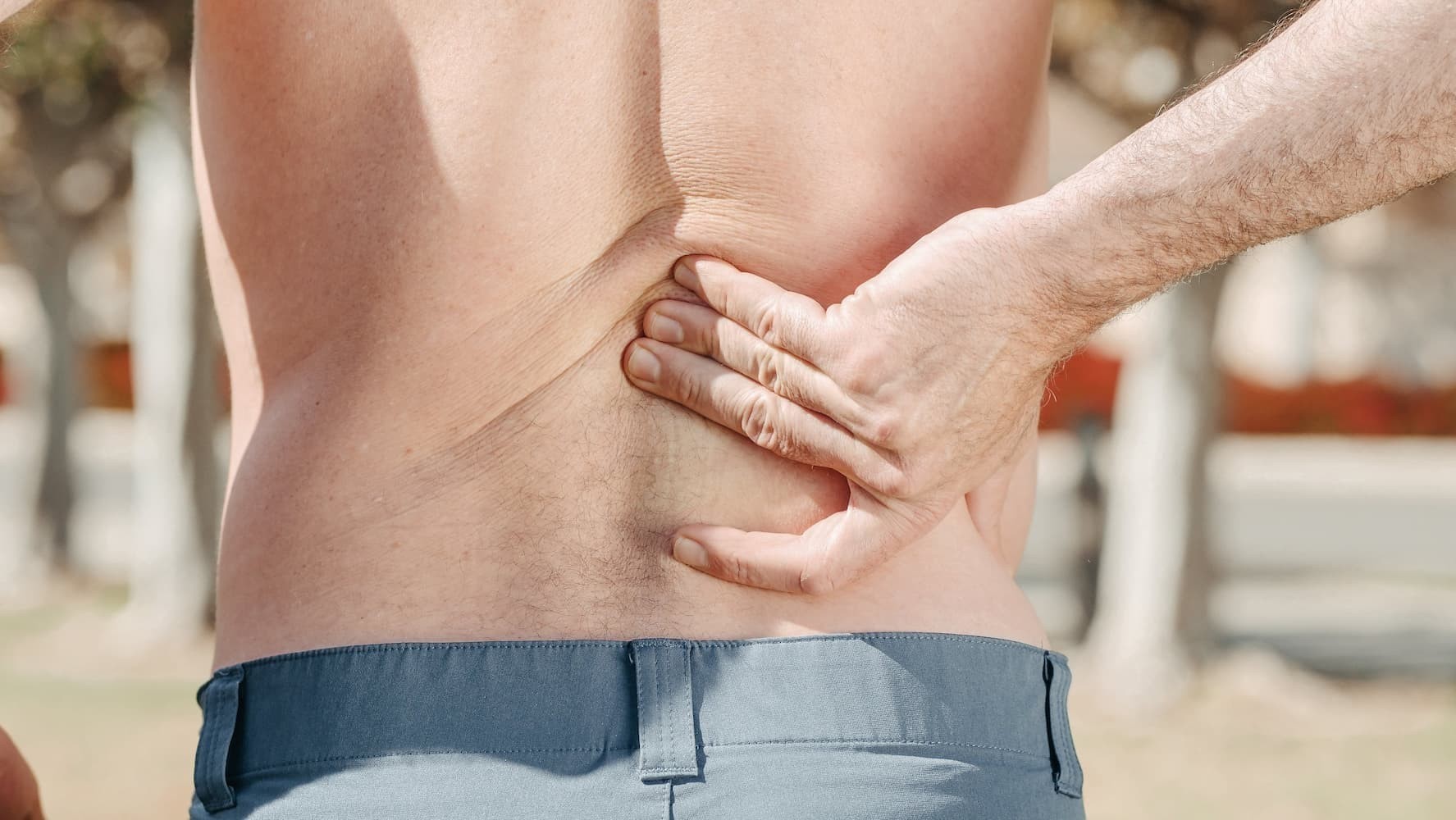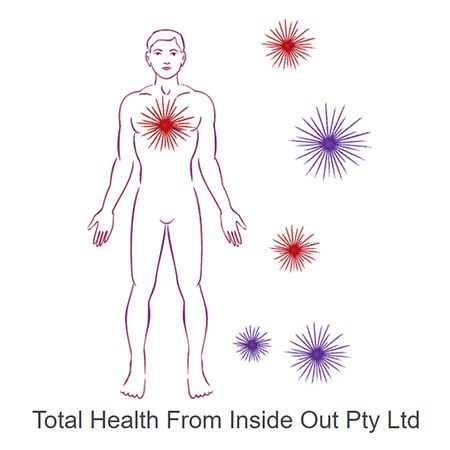
A University of Sydney study has found that many elderly men in Australia are unaware they have osteoporosis. The condition is most associated with women, who typically have more slender, delicate bones than men. Osteoporosis is especially prevalent in post-menopausal women, when bone density loss accelerates, as production of the hormone estrogen decreases with age. This traditional association is one reason why there is a lack of awareness amongst the ageing male sector of the population regarding this potentially life threatening condition.
Established methods for reporting and recording osteoporosis have relied on self-reporting, which is ineffective as most individuals are unaware they have the condition. Osteoporosis is often only diagnosed when a fracture occurs.
The Study
The study's objective was to determine the proportion of older men who met the Pharmaceutical Benefits Scheme (PBS) criteria for osteoporosis treatment, and who were receiving effective treatment – with 1705 men aged 70+ surveyed.
The Results
A quarter of the participants had osteoporosis, as defined by the PBS criteria, with a majority of the participants (90%) unaware that they had osteoporosis. This is a clear indication of the level of awareness in this sector of the population, as well as the potential prevalence of the condition in elderly males. With an ageing population, the research is an indication that public health awareness needs to be increased for this demographic, as more men could benefit from earlier diagnosis and treatment.
What Causes Osteoporosis in Men?
Although osteoporosis prevalence is lower in men than in women, osteoporosis affects one in four men over 50 years of age and osteoporotic fractures account for a significant number of disability cases among older men. Osteoporosis is a condition characterised by loss of bone mass, making one susceptible to fragile broken bones. It literally means porous bone.
The term osteopenia means decreased bone mass relative to the amount present when a person was still growing. Both osteopenia and osteoporosis are defined by X-ray findings for bone mineral density (BMD). In contrast, osteomalacia is a bone disease resulting from inadequate calcification of osteoid tissue during osteogenesis, which results in defective mineralization. Osteoporosis and osteomalacia are two separate diseases with osteogenic mechanisms that differ greatly.
Men develop osteoporosis when their rate of bone loss exceeds their rate of bone deposition; women develop osteoporosis when the rate of bone loss exceeds the sum of the rates (zero) at which new trabecular (spongy) bone is laid down and existing cortical (harder, outer layer) bone is thickened.
Osteoporotic fractures account for significant morbidity in older men because they usually involve the hip, spine or wrist. Hip fracture is the most serious osteoporotic fracture as it leads to disability and early death. Some of these osteoporosis-related deaths are due to complications, such as pneumonia or thromboembolism (blood clot formation in the veins).
What are the Risk Factors for Osteoporosis in Men?
Osteoporosis in men can be caused by a variety of factors, including family history, age and race. Osteoporosis diagnosed between the ages of 50-69 years accounts for more than 70% of osteoporotic fractures that occur each year.
Among the factors that increases the risk of osteoporosis in men include:
- Being male over the age of 50
- Family history of osteoporosis
- History of fractures
- Certain medical conditions such as osteogenesis imperfecta (bone fragility due to genetic abnormalities) or low thyroid hormone levels
- Chronic diseases like lupus, diabetes, asthma, arthritis, etc.
Osteoporosis in men is not a normal part of ageing and osteoporotic fractures can be prevented by maintaining a healthy weight, participating in regular exercise, avoiding alcohol consumption and smoking. Smoking and excessive alcohol consumption can also increase the risk of osteoporosis.
What are the Symptoms of Osteoporosis in Men?
Men tend to develop osteoporosis later in life than women, with 10% of 60-year-old men but 40% of women being osteoporotic. Osteoporosis in men can be difficult to diagnose because osteopenia and osteoporosis often do not have obvious symptoms in men, but osteomalacia can cause bones to become soft or rubbery from calcium loss that causes mineralisation problems during bone growth. The symptoms of osteoporosis in men can include:
- Increased risk for fractures from minimal trauma
- Loss of height
- Back pain
- Hunched posture
- Osteopenia (low bone mass)
- Osteomalacia (bone softening due to low mineralization)
How is Osteoporosis Diagnosed
In the diagnosis of osteoporosis, bone density screening tests, otherwise known as dual-energy X-ray absorptiometry (DEXA) scans, are carried out to determine your level of risk for osteoporosis. These measure your risk for osteoporosis-related fractures. Osteoporosis is defined as having a bone mineral density T-score ≥2.5 standard deviations below average peak BMD (measured at the femoral neck) in reference to young healthy adults.
The doctor may also order blood tests to determine other osteoporosis risk factors and rule out other health conditions. Men who have been diagnosed with osteoporosis should take medications known as bisphosphonates to avoid osteoporotic fractures by achieving peak bone mass and decreasing bone loss.
What to Consider in the Treatment of Osteoporosis
In the treatment of osteoporosis, the patient's gender does not matter. The treatment and management of osteoporosis in men and women are the same. The treatment plan usually involves the administration of medication known as bisphosphonates that decrease osteoclast activity, which is the breaking down of old bone. Osteoporosis medications that regulate the parathyroid hormone, which is responsible for regulating the amounts of calcium levels in the blood, are also used for the rebuilding of new bone.
Other treatments also include:
- Hormone therapy
- Dietary supplements such as calcium and vitamin D
- Staying physically active and participating in weight-bearing exercises
- Eating a well-balanced diet
- Regular medication or treatment if you have osteopenia or osteoporosis
Preventive Measures to Reduce the Chances of Developing Osteoporosis
Your osteoporotic fracture risk is determined by your bone mineral density, which indicates how dense your bones are. The higher the BMD value, the lower the risk of fracture. If you have osteopenia or osteoporosis, maintaining healthy bones is key.
Making healthy lifestyle choices can reduce the risk of osteoporosis and maintain strong bones in men. In addition to a diet rich in vitamins C, D and K, they should increase their intake of calcium, magnesium and potassium as well, while being wary of the salt content in their food.
High-sodium foods can compromise bone health. Increasing your daily intake of fatty fish, nuts and dairy products, on the other hand, supports bone formation and a healthy body weight, which are essential to maintaining bone tissue. When it comes to excellent sources of calcium, you can never go wrong with kale, soybeans, tofu, low-fat milk, mozzarella and yoghurt, which have adequate amounts of calcium ranging from 200 to 300mg.
Other ways to maintain bone strength include:
- A strength training exercise program to develop stronger bones and maintain a healthy weight
- Avoiding alcohol consumption and smoking
- Taking vitamin D supplements
- Adequate dairy intake
- Weight loss
People with osteoporosis have weak bones, so they should prevent falls as a vertebral fracture can increase their risk of hip fracture and worsen their condition. Spinal fractures can create a domino effect; it takes just a single fall to lead to the development of osteoporosis so avoid it at all costs.
Osteoporosis is not an inevitable part of ageing and osteoporotic fractures in all genders may be prevented with the appropriate medical treatment and through a healthy lifestyle. Whether you suspect that you're manifesting symptoms of this silent disease, or you've been putting up with severe osteoporosis for quite some time, consulting a qualified health professional and undergoing a physical exam is the first step to finding the relevant treatment.
Whether you suspect that you're manifesting symptoms of this silent disease, or you've been putting up with severe osteoporosis for quite some time, consulting a qualified health professional for a physical exam is the first step to finding the appropriate treatment. For all you know, the findings might reveal that you have inadequate calcium and simply need to increase your vitamin D levels.
Originally published on Oct 12, 2010








